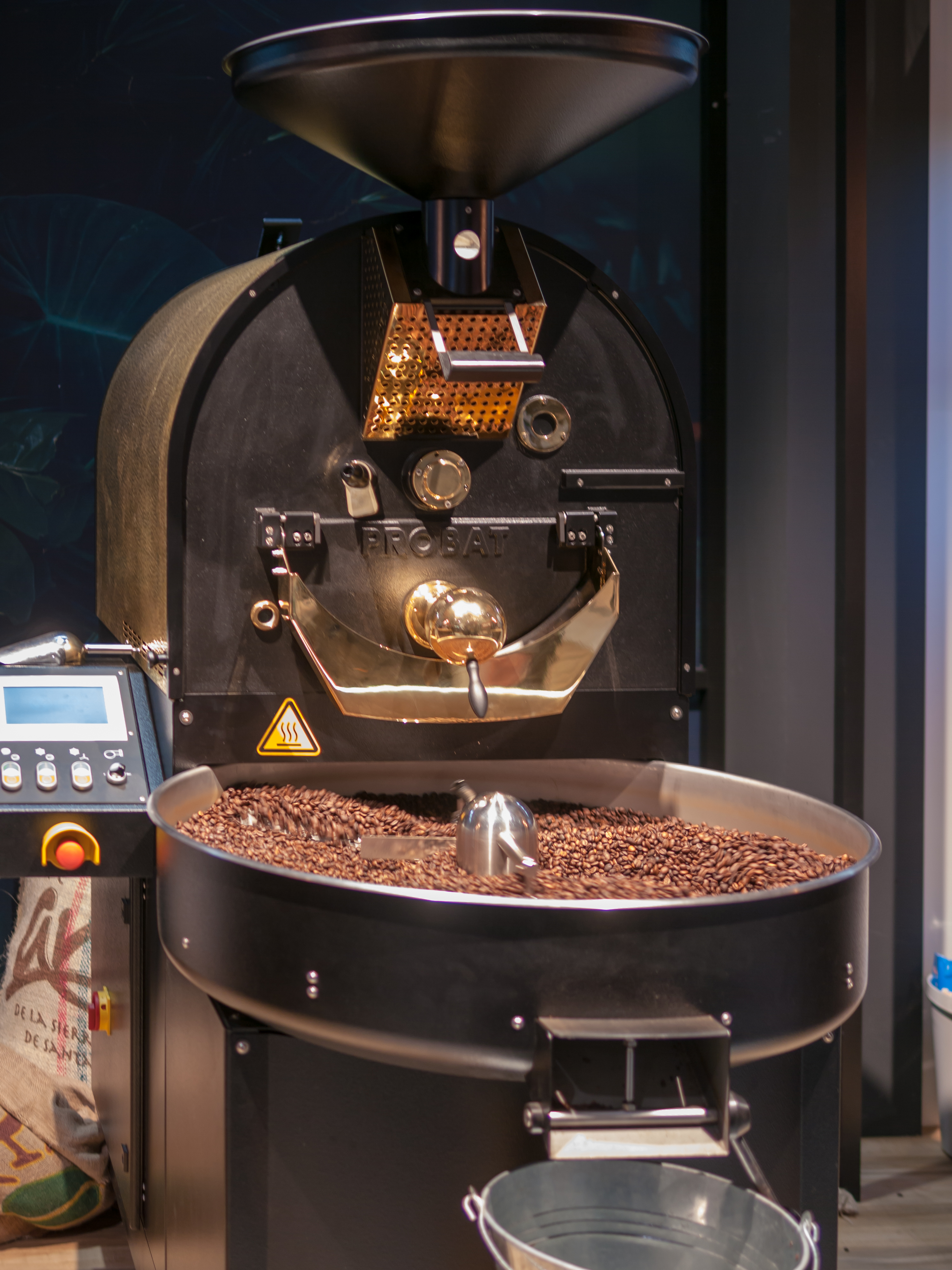Types of coffee and how different coffees are made
- Introduction to Coffee and its Origins
- Understanding Coffee Beans
- Introduction to Different Coffees
Understanding Coffee Beans
The Art of Roasting

Transforms the chemical and physical properties of green coffee beans into roasted coffee products.
Coffee roasting is a complex process that transforms the raw, green coffee beans into the aromatic brown beans that we purchase in our favorite coffee shops or supermarkets. The roasting process is what produces the characteristic flavor of coffee by causing the green coffee beans to change in taste.
Understanding the Roasting Process
Roasting coffee is essentially a process of cooking the beans. The heat applied during roasting causes a series of chemical reactions that transform the beans' sugars and proteins, creating the complex flavors and aromas we associate with coffee.
Stages of Roasting
There are three main stages in the roasting process: drying, browning, and development.
-
Drying Stage: This is the initial stage where the beans lose their moisture. The beans start off green and slowly turn yellow. They will also start to smell grassy.
-
Browning Stage: As the beans continue to heat, they begin to brown, and the pleasant aroma of coffee starts to emerge. This is due to the Maillard reaction, a chemical reaction between amino acids and reducing sugars that gives browned food its distinctive flavor.
-
Development Stage: This is the final stage where the beans undergo a process called pyrolysis, during which they expand and change in color from light brown to dark brown. The beans start to crack, and the roasting process is usually stopped at some point during this stage, depending on the desired roast level.
Roast Levels and Their Impact on Taste
The roast level that is chosen has a significant impact on the flavor profile of the coffee. Here are the basic roast levels:
-
Light Roast: Lightly roasted beans are light brown in color and have no oil on the surface because they are not roasted long enough for the oils to break through. These coffees are generally more acidic and have a toasted grain taste.
-
Medium Roast: Medium roasted beans are medium brown in color with more body compared to light roast. They have a balanced flavor, aroma, and acidity.
-
Dark Roast: Dark roasted beans are dark brown, often shiny with oil, have a pronounced bitterness, and the majority of the original flavors of the bean are overpowered by the flavors of the roasting process.
Home Roasting vs Professional Roasting
While professional roasting is done using large, specialized machines, home roasting is also a popular practice among coffee enthusiasts. Home roasting allows for a lot of control and customization over the roast level. However, it requires a good understanding of the roasting process and close attention to detail to achieve consistent results.
In conclusion, the art of roasting is a crucial step in coffee production that significantly influences the final taste of your brew. Whether you're a casual coffee drinker or a budding barista, understanding the roasting process can deepen your appreciation for this beloved beverage.